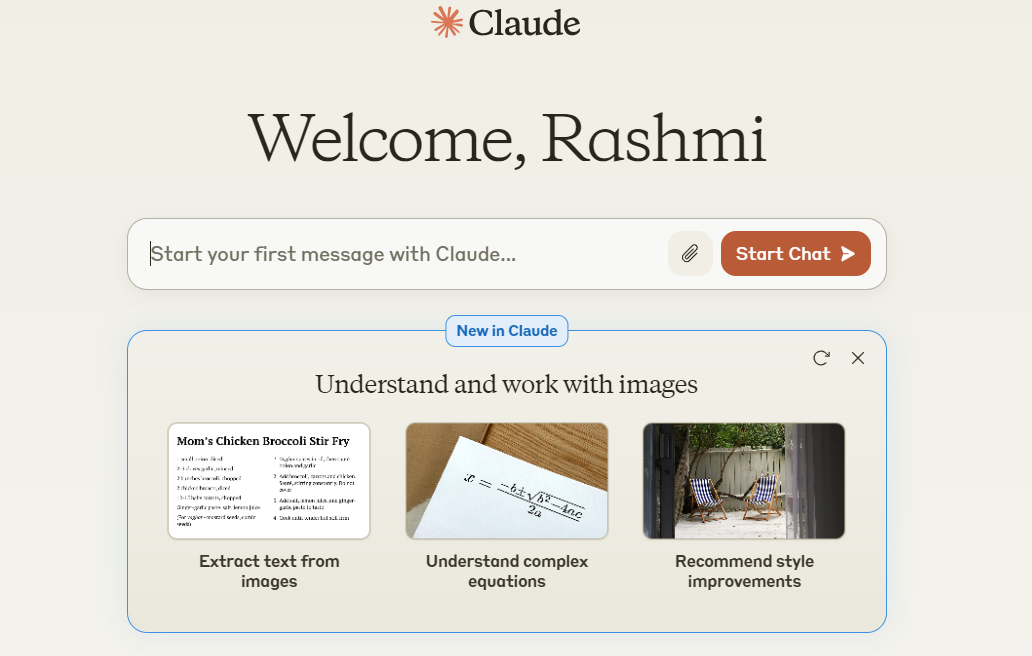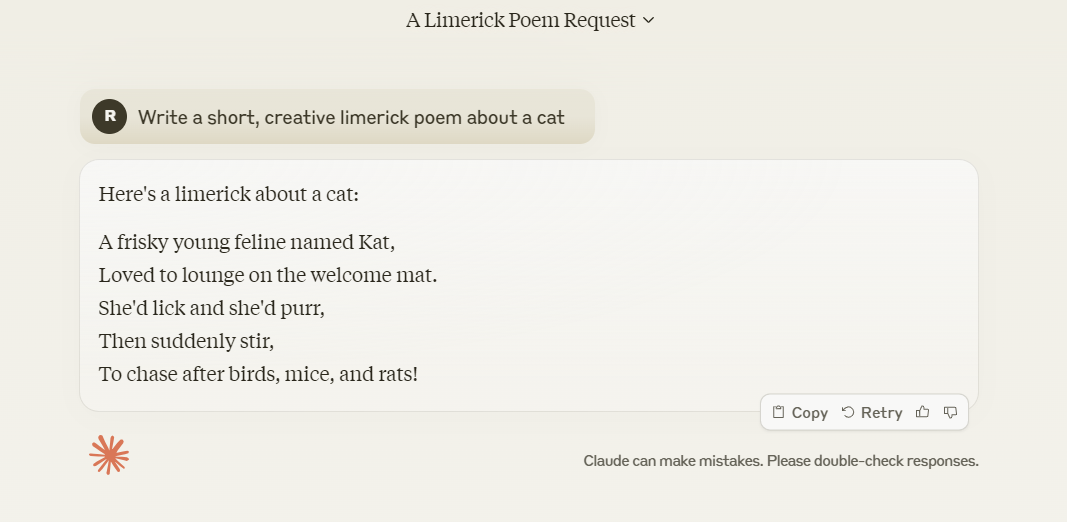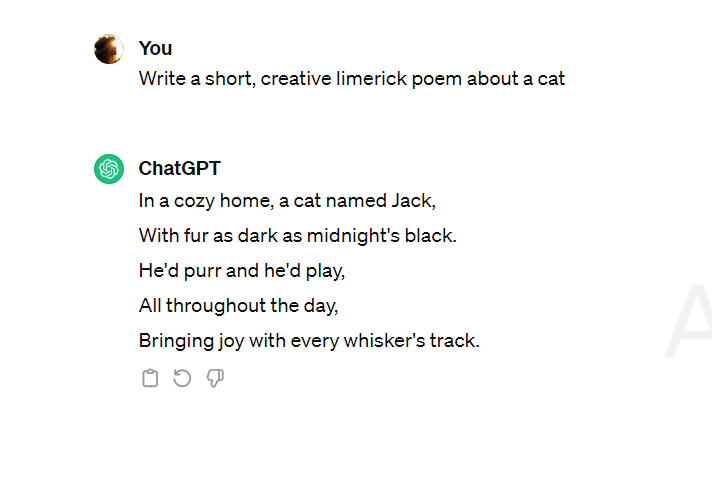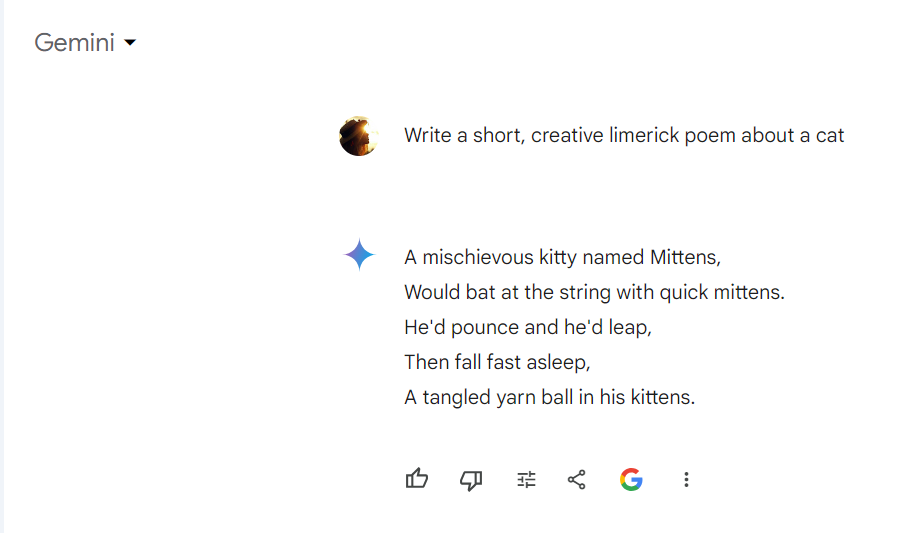Claude 3: The New AI Powerhouse - A Comprehensive Guide
The world of artificial intelligence (AI) is constantly evolving, with new advancements emerging rapidly. One of the latest contenders in the field is Claude 3, a powerful AI model developed by Anthropic. This article delves deep into Claude 3, exploring its capabilities, functionalities, and potential applications. We'll also compare it to other prominent AI models like ChatGPT and Gemini, providing a comprehensive overview to help you understand its place in the AI landscape.
What is Claude 3?
Claude 3 is not a singular AI model, but rather a family of three models: Claude 3 Opus, Claude 3 Sonnet, and Claude 3 Haiku. These models vary in size and capabilities, offering a range of options to cater to different user needs. All three models share some key features:
- Large language model (LLM): Claude 3 is an LLM, meaning it is trained on massive datasets of text and code, enabling it to understand and generate human-like language.
- Multilingual capabilities: Claude 3 can process and generate text in various languages, allowing for broader global communication and use cases.
- Vision capabilities: Unlike its predecessors, Claude 3 can analyze and understand visual information like images and charts, expanding its potential applications.
- Faster response times: Claude 3 boasts faster response times compared to previous versions, making it suitable for real-time interactions.
What can Claude 3 do?

Image by Claude.ai
Claude 3's capabilities extend across various domains, including:
- Generating different creative text formats: poems, code, scripts, musical pieces, emails, letters, etc.
- Answering your questions in an informative way: providing summaries of factual topics, explaining complex concepts, and offering different perspectives.
- Translating languages: translating text from one language to another while maintaining context and meaning.
- Analyzing and understanding visual information: extracting data from images, charts, and other visual formats.
- Automating tasks: automating repetitive tasks like data entry, content generation, and document analysis.
Who is Claude 3 for?
Claude 3's diverse capabilities make it suitable for a wide range of users and applications:
- Individuals: Students, researchers, writers, and content creators can leverage Claude 3 for research assistance, content generation, and creative exploration.
- Businesses: Businesses can utilize Claude 3 for tasks like customer service chatbots, data analysis, content creation, and marketing automation.
- Developers: Developers can integrate Claude 3 into their applications to add functionalities like natural language processing and computer vision.
Claude 3 vs. ChatGPT vs. Gemini: A Comparison
Here's a breakdown of how Claude 3 compares to other leading AI models:

While directly comparing the accuracy of these AI models is challenging due to their ongoing development and varied strengths, we can showcase their responses to a specific question to illustrate their different approaches:
Question: Write a short, creative limerick poem about a cat.
1. Claude 3

- Strengths:
- Balance of creativity and accuracy: The poem incorporates both realistic cat behavior (licking, purring) and imaginative elements (chasing various animals).
- Rhyme and meter: Maintains the limerick structure with accurate rhyme scheme and meter.
- Weaknesses:
- Limited detail: Compared to ChatGPT's poem, Claude 3's offers less descriptive details about the cat's appearance or personality.
2. Chatgpt

- Strengths:
- Creativity: The poem uses vivid imagery ("fur as dark as midnight's black") and personification ("bringing joy") to create a more engaging and emotional response.
- Rhyme and meter: Similar to Gemini, the poem maintains the limerick structure with proper rhyme and meter.
- Weaknesses:
- Factual accuracy: While "midnight's black" fur is possible, it's not the most common cat fur color, potentially introducing a minor factual inaccuracy.

- Strengths:
- Factual accuracy: The poem accurately portrays cat behavior like batting at string and playing with yarn balls.
- Rhyme and meter: The poem adheres to the traditional limerick structure with a consistent rhyme scheme (AABBA) and five lines with specific meter (anaphest).
- Weaknesses:
- Creativity: While factually accurate, the poem might be considered less imaginative compared to the others.
Overall:
As highlighted before, the "best" poem remains subjective and depends on your priorities. Each AI platform offers unique strengths, and the choice ultimately depends on what you value most in a limerick. Remember, these models are constantly learning and evolving, so their outputs may change over time. Maintaining a critical and creative lens when evaluating AI-generated content is always recommended.
Claude 3 Frequently Asked Questions (FAQ)
1. How can I access Claude 3?
Claude 3 offers both a free version and a paid pro version. You can visit their website (https://www.anthropic.com/) to learn more, sign up for the free tier, or explore the pro version options.
2. What are the different models within Claude 3?
Claude 3 is a family of three models:
- Claude 3 Opus: The most powerful and intelligent model, specializing in complex tasks and offering near-human understanding.
- Claude 3 Sonnet: Balances speed and intelligence, excelling in tasks requiring rapid response and knowledge retrieval.
- Claude 3 Haiku: The fastest and most compact model, ideal for quick responses to simple queries and reading data-dense information.
3. What are the pricing options for Claude 3?
Claude 3 offers a free version with limited features. The pro version, with more capabilities and usage allowance, has a subscription fee of $20 per month. You can visit their website for detailed information on available features and pricing plans.
4. Is Claude 3 safe to use?
As with all AI models, it's crucial to use Claude 3 responsibly and critically evaluate its outputs. While it's designed to be informative and helpful, it's essential to be aware of potential limitations:
- Bias: Like any AI model, Claude 3 might reflect biases present in its training data. It's important to be mindful of this and not rely solely on its responses for critical decision-making.
- Factual errors: While Claude 3 strives to be accurate, there's always a chance of factual errors in its responses. It's recommended to consult other sources and verify information obtained through AI models.
By using Claude 3 responsibly and critically, you can leverage its capabilities while mitigating potential risks.
5. What are some potential applications of Claude 3?
- Research and development: Facilitating data analysis, hypothesis generation, and scientific exploration.
- Customer service: Providing advanced chatbots that understand complex queries and offer personalized support.
- Creative content generation: Assisting with writing, design, and generating new ideas in various creative fields.
- Education: Delivering personalized learning experiences, automating tasks, and creating engaging educational content.